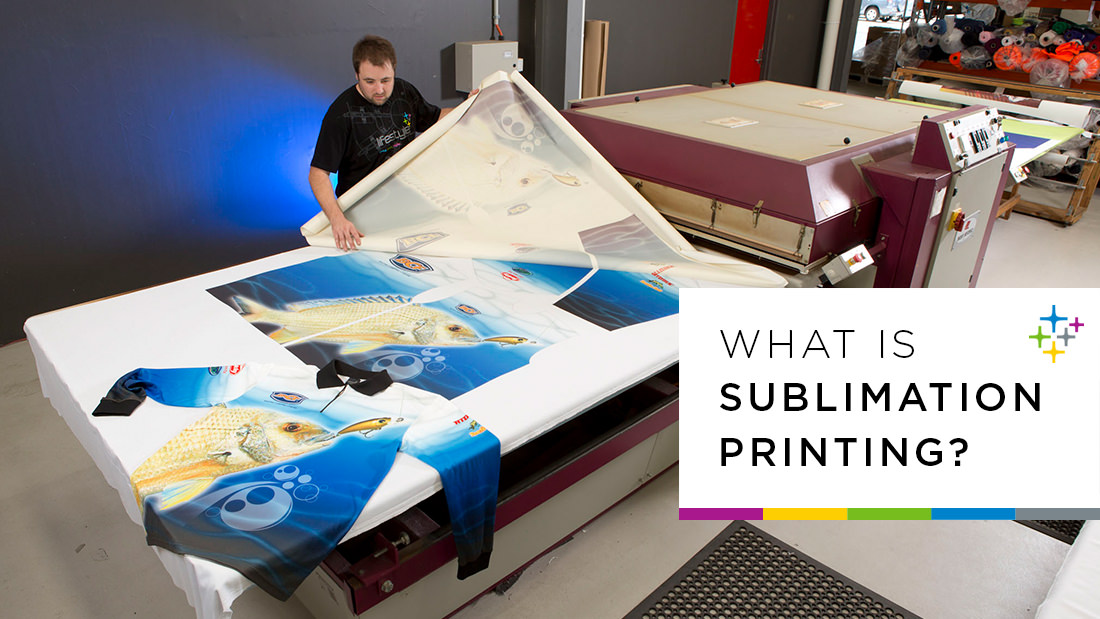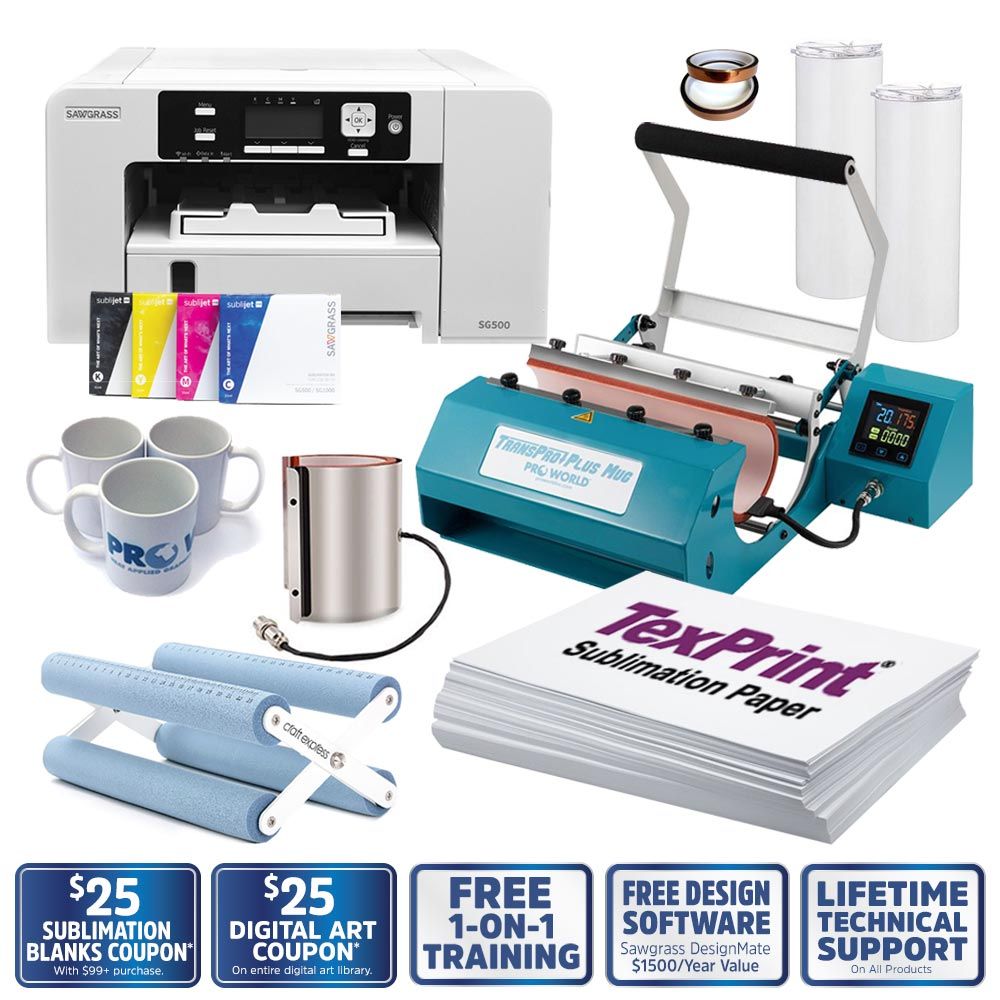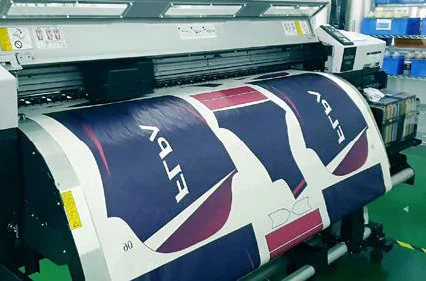The Best Overview to Sublimation Printing for Custom-made Apparel
Wiki Article
The Surge of DTF Printing: Discovering Its Applications and benefits
The development of Direct to Movie (DTF) printing technology is changing the custom-made apparel market, providing remarkable advantages and a vast range of applications. As the appetite for custom-made goods continues to increase, comprehending just how DTF printing can satisfy these evolving requirements is increasingly vital.
Understanding DTF Printing Technology
Recognizing DTF Printing Technology notes a considerable advancement in the fabric printing industry, particularly for its adaptability and effectiveness. Direct-to-Film (DTF) printing is an advanced procedure that involves printing layouts onto special transfer movies, which are after that moved onto fabric using warmth and pressure. Unlike traditional techniques, DTF printing does not need pre-treatment of the textile, enabling a much more streamlined process.
As soon as treated, the film is positioned onto the fabric, and a warmth press transfers the design by using constant heat and pressure. This leads to dynamic, premium prints that adhere seamlessly to numerous material types, consisting of cotton, polyester, and blends (heat transfer vinyl printing). The modern technology's capability to produce vibrant and detailed styles with minimal arrangement makes it a game-changer in the textile printing sector
Secret Benefits of DTF Printing
Among the essential advantages of DTF printing is its outstanding flexibility, which permits for premium prints on a large range of fabric kinds. This capability prolongs past conventional cotton to consist of polyester, nylon, leather, and also blended materials, making it ideal for diverse fabric applications. This adaptability minimizes the need for several printing modern technologies, improving manufacturing procedures and decreasing total costs.
One more substantial benefit is the superior print high quality that DTF modern technology delivers. By utilizing lively, durable inks and accurate application techniques, DTF prints keep their color fidelity and sharpness also after countless washes. This leads to an item that not just looks specialist but also stands the test of time, supplying regular worth to both end-users and makers.
In addition, DTF printing supplies a simplified workflow, which can result in boosted performance and performance. Unlike typical methods such as display printing, DTF does not require complex setup or comprehensive drying times. This ease of use makes it an attractive option for companies of all sizes, permitting quicker turnaround times and the ability to deal with small to large production keeps up marginal problem.
Applications in Custom Garments
In the realm of personalized garments, DTF printing sticks out as a game-changing technology that enables developers and producers to create bespoke clothes with unparalleled information and high quality. Direct-to-film (DTF) printing has changed the customized fashion industry by providing adaptability in design, vibrant color recreation, and longevity. This cutting-edge method permits elaborate layouts to be transferred onto a wide variety of fabrics without jeopardizing the integrity of the material.
One substantial application of DTF printing is in developing customized tees, hoodies, and sportswear. The capability to publish complicated graphics with great details and gradients makes it ideal for individualized clothing, such as team attires and advertising product. Furthermore, DTF printing is especially useful for limited-run orders and one-off pieces, providing a effective and cost-efficient remedy contrasted to conventional display printing approaches.
Additionally, DTF printing has opened new opportunities for style developers to trying out one-of-a-kind patterns and appearances, enabling the creation of cutting-edge, avant-garde collections. This technology also supports small businesses and independent artists by reducing the barriers to entry in the custom apparel market. Inevitably, DTF printing is improving the landscape of personalized garments, combining creative expression with technological improvement.
Adaptability Throughout Different Materials
Building on the developments in custom apparel, DTF printing's versatility throughout various materials even more enhances its allure. Unlike typical printing techniques, DTF (Direct-to-Film) printing can be applied to a comprehensive series of substratums, consisting of cotton, polyester, blends, leather, and even tough surfaces like wood and glass. This flexibility is accomplished through the unique procedure where styles are printed onto an unique film and afterwards moved onto the material making use of a warm press. This permits vivid, high-grade prints that maintain their integrity throughout different appearances and structures.The capacity to print on varied materials opens up countless possibilities for services across different sectors. In the advertising products field, firms can personalize a vast variety of items, from carry caps and bags to cups and phone instances, all with the exact same printing innovation. In the apparel industry, DTF printing allows developers to experiment with elaborate patterns and lively shades on non-traditional materials, pressing the borders of creative thinking.
Moreover, DTF printing's compatibility with different materials likewise equates to cost-efficiency and lowered waste, as manufacturers can use the same devices for several applications. This adaptability not just widens the extent of item offerings yet additionally boosts functional performance.
Future Prospects of DTF Printing
As the marketplace evolves, the future prospects of DTF printing are poised to revolutionize various industries via continual technology and technical innovations. The rise popular for personalized clothing and marketing goods is driving the need for more reliable, functional, and economical printing techniques. DTF printing, with its ability to produce top quality, sturdy prints on a large range of products, stands at the leading edge of this change.
Emerging fads show that DTF printing will progressively integrate with automation and AI modern technologies, boosting production speed and lowering labor expenses. Advanced software remedies will certainly further maximize style accuracy, shade matching, and print consistency, resolving a few of the current constraints. Furthermore, eco-friendly inks and recyclable transfer movies are expected to obtain traction, straightening with worldwide sustainability goals.
As research study and growth efforts continue to broaden, the extent of DTF printing will likely broaden, opening brand-new methods for industrial and innovative applications. In recap, the future of DTF printing is bright, appealing significant improvements and more comprehensive sector fostering.
Final Thought

Recognizing DTF Printing Technology marks a substantial innovation in the fabric printing industry, especially for its versatility and effectiveness. Direct-to-Film (DTF) printing is a cutting-edge process that includes printing styles onto unique transfer films, which are after that transferred onto material using warm and stress. DTF printing is especially helpful for one-off pieces and limited-run orders, offering a economical and effective service contrasted to traditional screen printing approaches.
Unlike standard printing approaches, DTF (Direct-to-Film) printing can be applied to a comprehensive array DTF printing of substratums, consisting of cotton, polyester, blends, natural leather, and even hard surfaces like wood and glass.DTF printing modern technology is changing the personalized clothing sector by supplying efficient, affordable, and functional remedies for generating vivid layouts on different fabrics without pre-treatment.
Report this wiki page